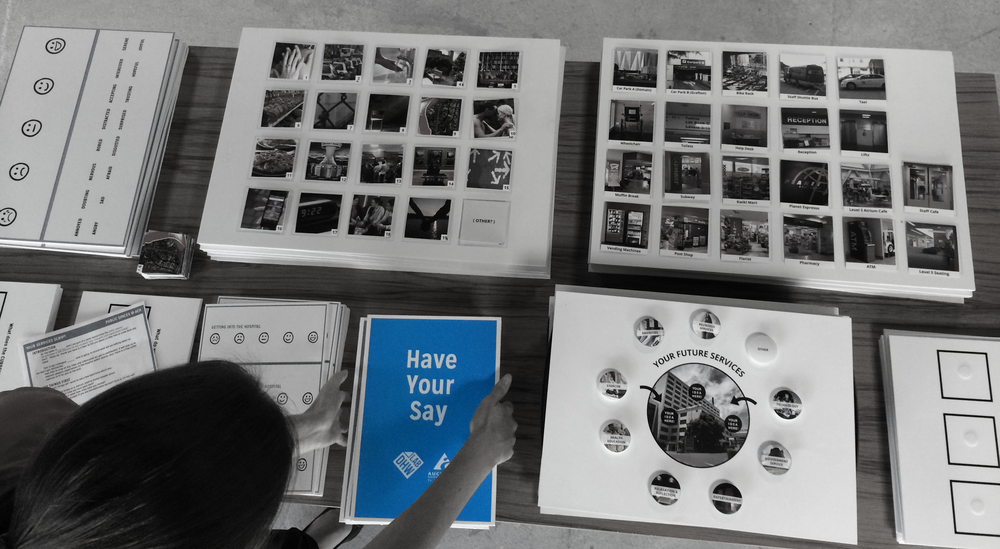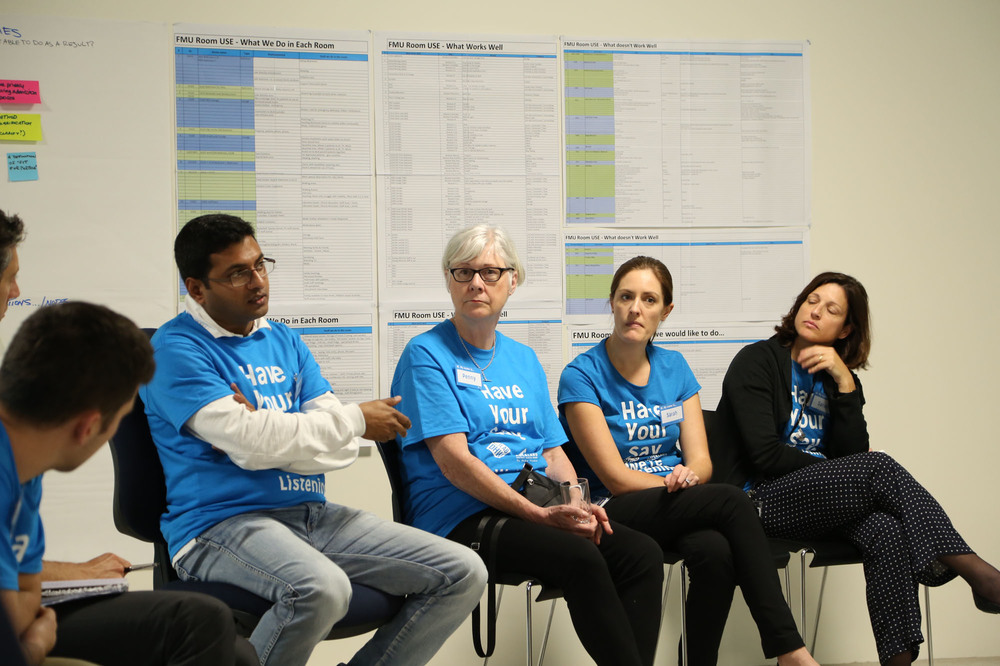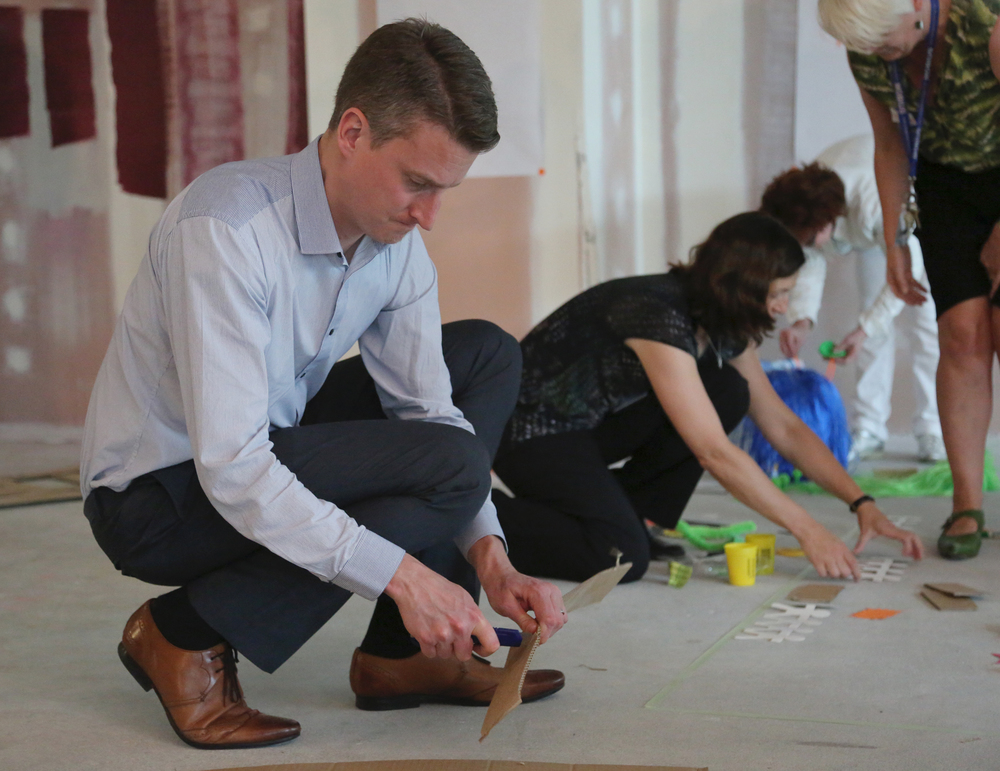 For the first time, AUT University partnered with the Auckland District Health Board (Auckland DHB) to hold a Design/Health Symposium, to explore the huge benefits that come from health and design collaborations.
For the first time, AUT University partnered with the Auckland District Health Board (Auckland DHB) to hold a Design/Health Symposium, to explore the huge benefits that come from health and design collaborations.
The symposium was held over two days and was attended by 50 invited guests who got the chance to participate in a design thinking workshop targeting a hospital related challenge at Auckland City Hospital and a presentation day, hearing from keynote speakers discussing the role of design in health and wellbeing in New Zealand and beyond.
The workshop saw attendees working together to understand how some of the shared spaces at the hospital could be better utilised. Using co-design principles they spoke to staff, patients, families and visitors who were using the spaces to understand their experiences.
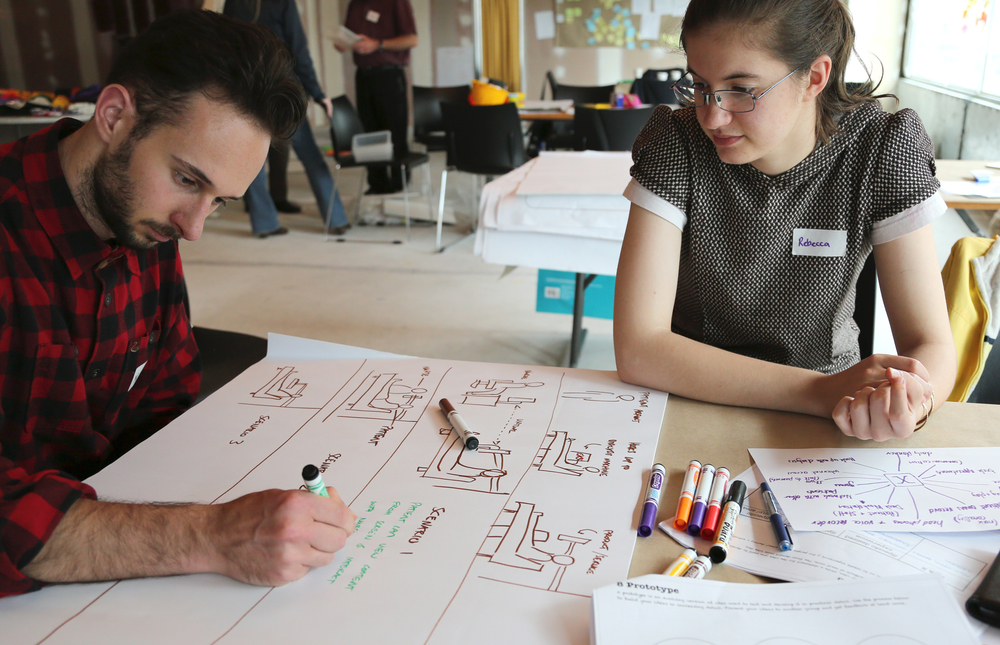
Dr Stephen Reay, acting Head of Department- Industrial Design and Innovation at AUT, says the symposium had plenty of highlights, but it was the genuine enthusiasm from participants from the Auckland DHB, AUT and the international contributors that really pleased him.
“Everyone was very excited about the collaboration of the two parties where health and wellbeing opportunities could be improved through design,” he says.
“There is an incredible opportunity in front of us to establish a sustainable and meaningful relationship between design and health that will truly impact the wellbeing of the community and the outcome of this symposium really delivered on that idea.”
The symposium came about after the realisation that the collaboration between a hospital and design school is quite a unique concept, especially in New Zealand, and AUT and the Auckland DHB were happy to fill that gap.
Dr Andrew Old, Chief of Strategy, Participation & Innovation from Auckland DHB, says the symposium was a great opportunity to highlight the benefits of the collaboration and get people excited about the possibilities.
“AUT and Auckland DHB have been working together for about 18 months and it quickly became obvious that the scope for mutual benefit was enormous,” he says.
“From a health perspective the different lens that design thinking brings to issues really opens the door to new and innovative ideas and I’m really excited about what we can achieve.”
The keynote speakers at the symposium were Daniel Wolstenholme from the NHS who shared his experiences establishing a user-centred healthcare design lab in Sheffield, Dr Richard Worrall, Psychogeriatrician at Auckland DHB, who spoke about his experience of using co-design principles to improve dementia services, Professor Kath McPherson from AUT on the importance of including consumers in health design and Dr Jen Loy from Griffith University in Queensland on 3D printing and hospitals.
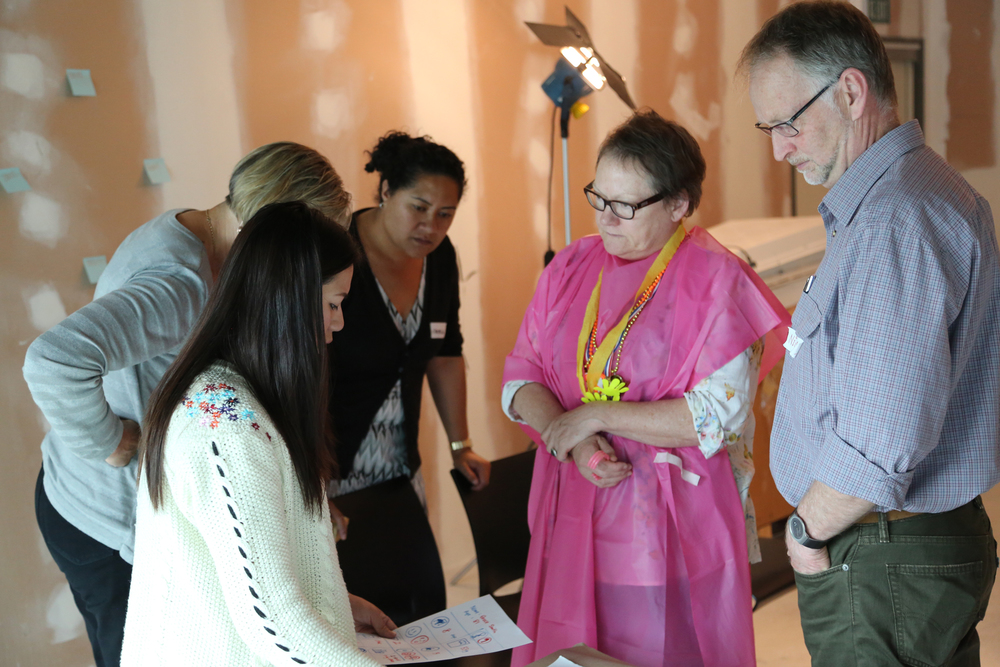
For more photos from the symposium, check out the gallery link at the top of the page. If you are interested in watching some talks from the symposium see the video link.
Also, this article was published on the HIIRC website:
http://www.hiirc.org.nz/page/44299/








